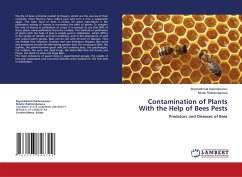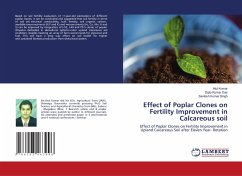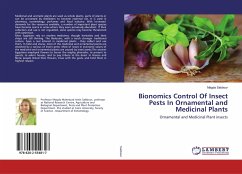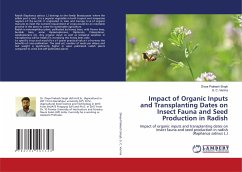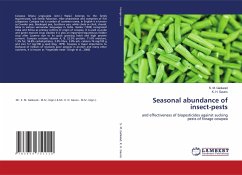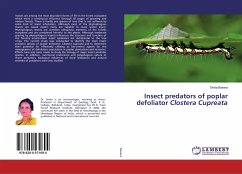
Insect predators of poplar defoliator Clostera Cupreata
Versandkostenfrei!
Versandfertig in 6-10 Tagen
41,99 €
inkl. MwSt.

PAYBACK Punkte
21 °P sammeln!
Insects are among the most abundant forms of life in the forest ecosystem which exert a continuous influence through all stages of growing and mature forests. There is hardly any species of tree that is not suffered by some kind of insect infestation. Although most of the phytophagous insects are casual visitors many are capable to cause severe injury. Phytophagous insects are common ubiquitous elements of the forests ecosystem and are considered harmful to the plants. Although moderate grazing by phytophagous insects influences the structure and function of the forestry environment insect epi...
Insects are among the most abundant forms of life in the forest ecosystem which exert a continuous influence through all stages of growing and mature forests. There is hardly any species of tree that is not suffered by some kind of insect infestation. Although most of the phytophagous insects are casual visitors many are capable to cause severe injury. Phytophagous insects are common ubiquitous elements of the forests ecosystem and are considered harmful to the plants. Although moderate grazing by phytophagous insects influences the structure and function of the forestry environment insect epidemics are detrimental to the tree crops. The current study was conducted to identify the main insect predator species of poplar defoliator. Clostera cupreata and to determine their potential for effectively utilizing as bio-control agents for the management of defoliators population in poplar plantations and nurseries. Efforts have also been made to study the biology of major insect predator species. In addition, nutritional preference and polyphagous nature of insect predators, biological influences of food limitations and natural enemies of predators were also studied.



